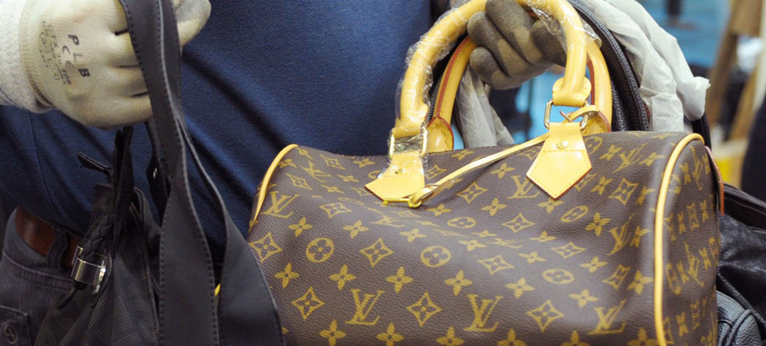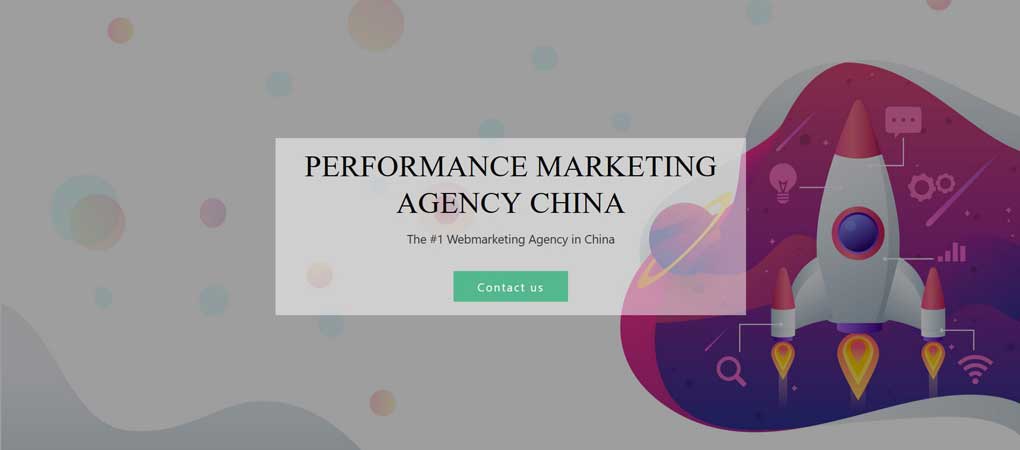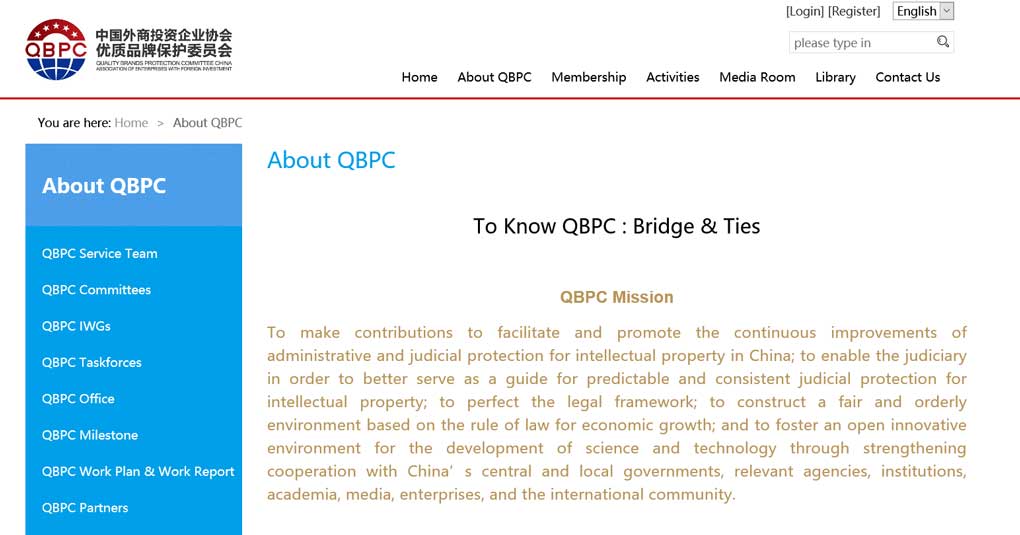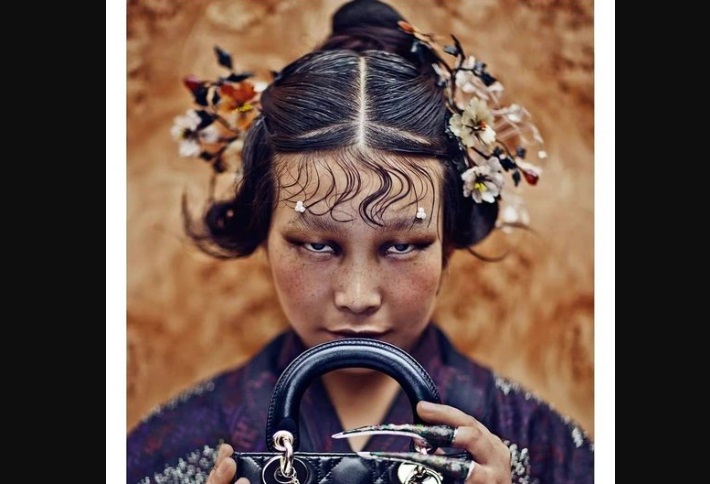How to protect your brand from counterfeit in China?

Counterfeit luxury goods are a big business in China, and cracking down on copycats can be difficult for brands.
Known for being a big, if not the biggest, producer of counterfeit goods worldwide, there is a reason for concern for goods manufacturers to trade in China. This article provides guidance as to how you can protect your brand in China.
China and Hong Kong are estimated to be the source of 86% of worldwide counterfeit goods with a total worth of about 397 billion USD. But China also has a huge domestic market for fake goods, indeed consumers deliberately want to pay a lower price for goods that look expensive. This type of mindset fuels the production of counterfeit goods.
Cost-Effective Agency
KPI and Results focused. We are the most visible Marketing Agency for China. Not because of huge spending but because of our SMART Strategies. Let us help you with: E-Commerce, Search Engine Optimization, Advertising, Weibo, WeChat, WeChat Store & PR.
The sale of counterfeit goods does not only damage consumers but also tarnishes a brand’s image and consumers’ perceptions. It can have a very negative impact on the revenues of the company that owns the brand. While China is both a land of opportunities and challenges for brands, it should be pointed out that important progress has been made in combating counterfeiting and enforcing patents and registered trademarks.
The Chinese government is very aware of the problem of counterfeit goods in China and the Quality Brands Protection Committee (QBPC) based in Shanghai works very closely with the law enforcement authorities in order to carry out regular operations against counterfeiters and illegal vendors.
China counterfeiting is linked with brand culture
In the early 1990s, the counterfeit phenomenon increased quickly in China. During this decade brand culture emerged with the opening of western luxury stores in the country. Fashion brands got hyped and popular, and counterfeits were meant to obtain luxury goods without spending years’ worth of wages. Ever since fake items have continued to increase in the domestic market of China.
Kinds of Counterfeit Operations
There are 2 major types of counterfeit operations in China.
- The first is legitimate factories that have licenses to produce goods on behalf of brand-name companies. It might be a handbag or footwear factory that cranks out the genuine products for one or more labels, then runs a shift that turns sneakers into a counterfeit brand by slapping, say, a Nike logo on products that aren’t really Nike sneakers.
- The second involves underground facilities that make items such as cigarettes and, in some cases, investigators find they are literally underground facilities. Authorities can raid a building, squeeze their way through a 3-by-3-foot opening, and come upon a large piece of equipment used to manufacture cigarettes located in the basement.
Tips to avoid having my counterfeit in China.
How to protect my IP in China
Cracking down on counterfeits can be difficult for luxury brands. Copying techniques have improved so much that some counterfeits now look just like the originals. Chinese law enforcement is not much help either. Vendors who get caught are not punished severely and may soon try again. For the counterfeiters, usually, the fine is just a cost of doing business. Although Administration authorities are active, the problem is so big, that it is difficult to eradicate it.
Here are some steps brands in China can take to guard their interest effectively:
- Chinese law protects intellectual property, but only if a trademark is officially registered. Once the trademark is officially registered in China, legal actions against counterfeits can be taken.
- There are Chinese firms that monitor upcoming international products and register their trademarks so a new Western brand in China may find its trademark already registered and have to hire lawyers to buy it back.
- So, the second thing to do to guard the brand is to get a good local lawyer. Court proceedings and documents are almost all in Chinese, and hearings about IP are especially difficult. A good lawyer will not only help you in court but also investigate counterfeiters and propose strategic moves against them before you get there.
- The next step is the official web store opening supported by Chinese online payment tools. Having its own online store with a good user interface and Alipay and WeChat pay support means keeping high-end customers who want authentic products.
- It’s also important to Invest in anti-counterfeit technology. QR and RFID schemes can use blockchain technology to prevent fraud and counterfeiting. China’s pharmaceutical, alcohol, and food industries already use QR codes and RFID tags to track products as they move from factory to consumer.
Showing the presence by updating models fast can also prevent the brand from being copied. It takes counterfeiters a month to reverse engineer a genuine product and bring it to market. A model that changes every month is hard to copy.
Counterfeiting is a problem for successful brands. When Chinese manufacturers copy products and sell fakes it indicates the brand is in high demand. Probably, counterfeiting may never be defeated completely, but it can be blocked through the law, technology, and culturally sensitive tactics.








